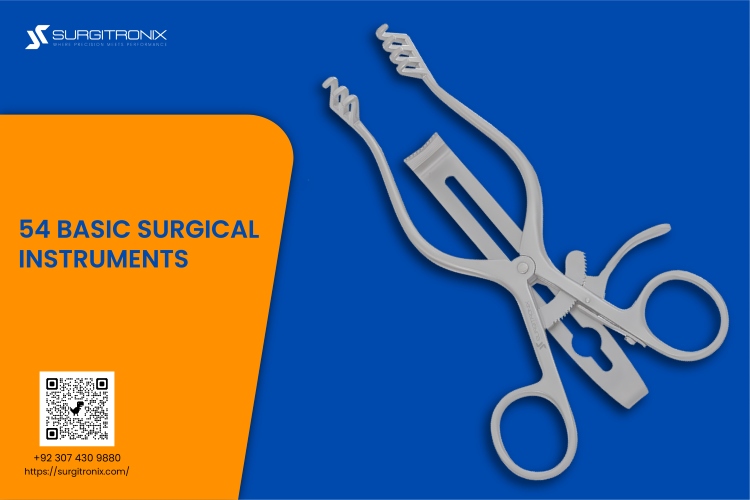Hidayatul Haq
He is a seasoned SEO professional with three years of experience, currently leading the SEO team at Surgitronox. As a top-rated freelancer on Upwork and Fiverr, he has successfully completed numerous projects, consistently delivering exceptional results.


I every time spent my half an hour to read this weblog’s articles or reviews everyday along with a mug of coffee.